General Rugs Care
Vacuum your rug at least once a week to prevent dirt and debris from settling into the fibers—more frequently in high-traffic areas—to maintain both its longevity and the air quality in your home. At entry points, place high-quality doormats or walk-off mats to catch soil before it reaches the rug; these act as a first line of defense against premature wear and staining. For maximum effectiveness, keep those mats clean and well-maintained so they don’t become sources of dirt themselves.
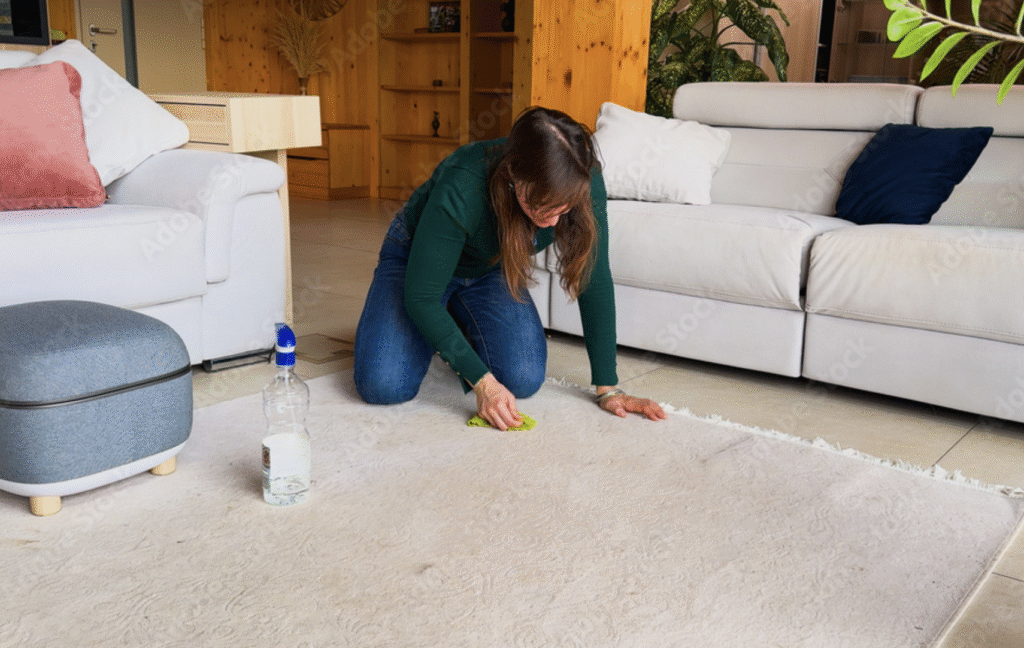
Vacuuming
Vacuum your rug at least once a week to prevent dirt and debris from settling into the fibers—more frequently in high-traffic areas—to maintain both its longevity and the air quality in your home. At entry points, place high-quality doormats or walk-off mats to catch soil before it reaches the rug; these act as a first line of defense against premature wear and staining. For maximum effectiveness, keep those mats clean and well-maintained so they don’t become sources of dirt themselves.

Removing Spills & Stains
Act quickly when spills happen—prompt action is key to preventing permanent stains. Start by gently blotting or scooping up as much of the spill as you can, then apply a small amount of water and continue to blot with a clean towel. Use a carpet-safe stain remover only if necessary and make sure it’s appropriate for your specific carpet type. Avoid scrubbing, as aggressive friction can damage fibers and cause discoloration; gentle blotting preserves both the texture and appearance of your rug.
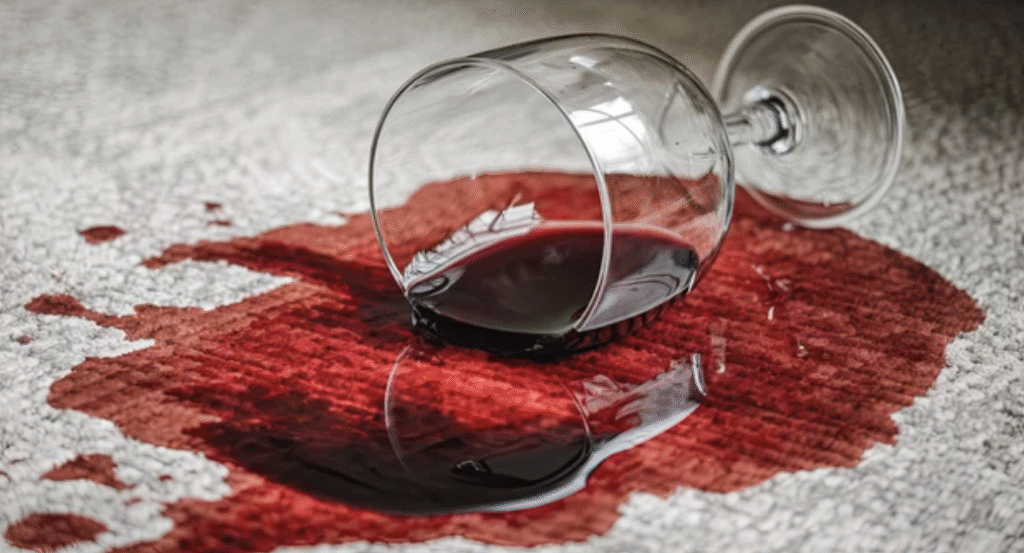
Stain Removal
Spills and stains don’t have to be a problem. Always act quickly and follow these guidelines for effective and correct stain removal:
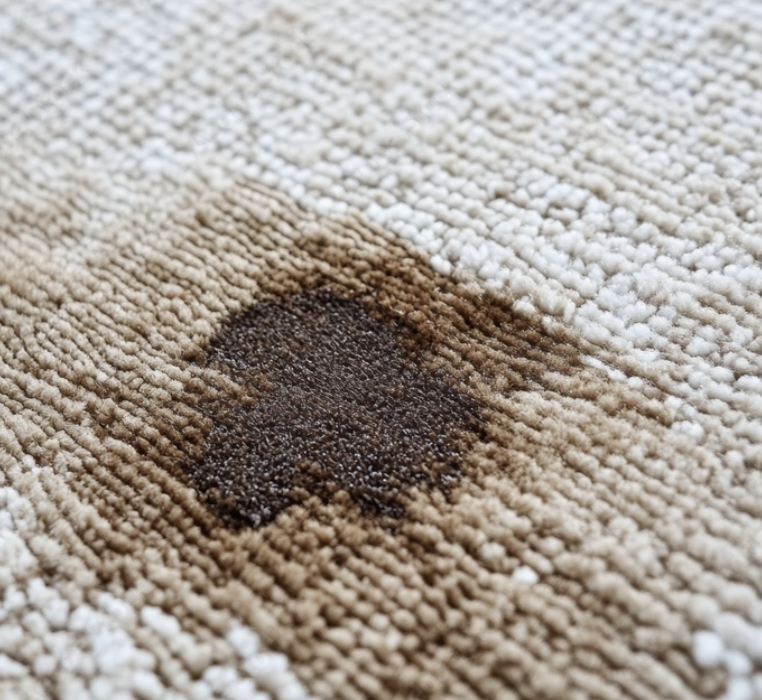
Grease Stains:
Use a grease-specific cleaner—warm water alone won’t cut it. First, test the product on an inconspicuous spot to ensure it doesn’t affect the color. Then, using a piece of cotton wool, work from the outer edges of the stain toward the center. Blot the area with absorbent tissue or a paper towel; the carpet may temporarily darken, which should fade. Next, dampen the spot with a diluted mild soap solution to lift any remaining residue, and blot again. Dry the area thoroughly with a hair dryer, moving it continuously to prevent watermarking. If the stain persists, repeat the process.
Water-Based Stains:
To remove carpet stains effectively, start by immediately blotting up the spill with an absorbent tissue or paper towel. Then, re-wet the stained area gently with lukewarm water using a sponge or cotton wool to dilute the residue, and blot again with a clean paper towel to lift it. To avoid watermarks, dry the spot with a hair dryer, keeping it in motion over the area. Repeat these steps as needed until the stain is fully gone.
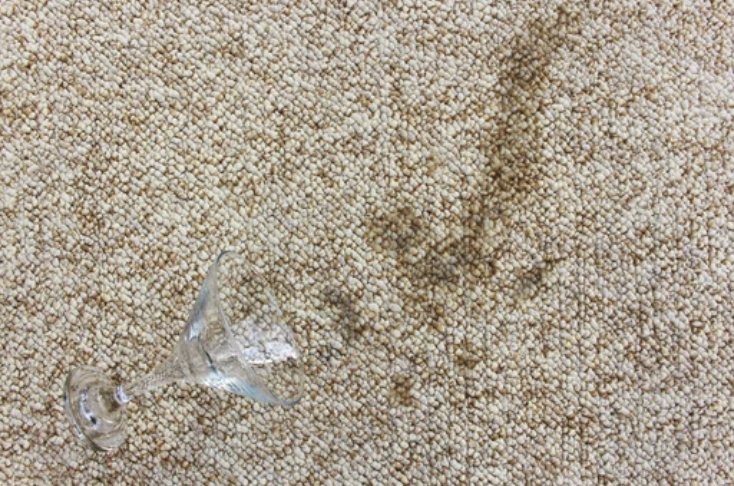
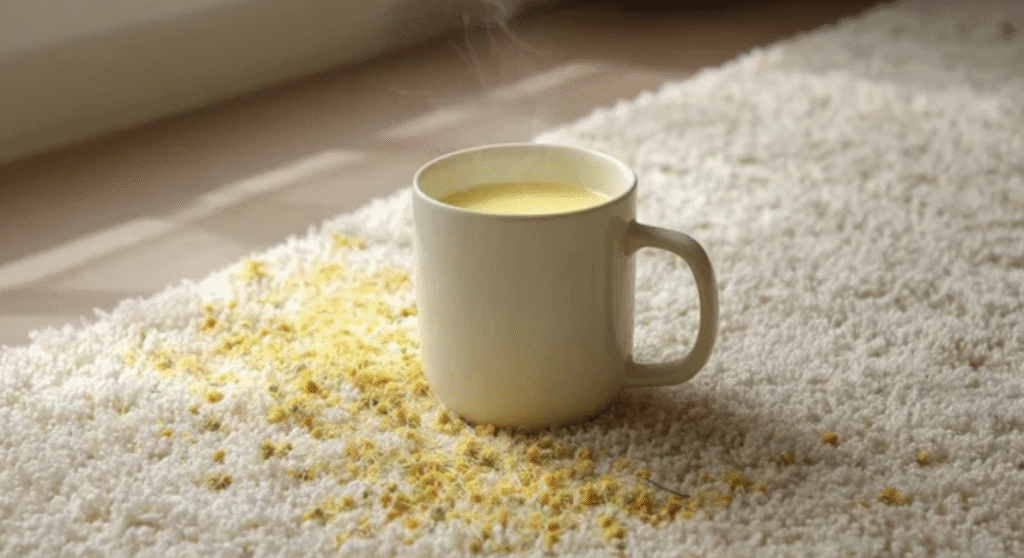
Dried-In (Water-Based) Stains:
Scrape off excess spill with a spoon from the edges of the stain to the center.
Apply a diluted soap solution to a piece of cotton wool and dampen the stained area.
Blot with tissue or paper towel.
Dry the area with a hair-dryer, moving continuously over the stain, to avoid watermarking.
Repeat this process if the stain is not entirely removed.
Never rub the tufted carpet, this could damage the carpet fibres or yarns and change the carpet structure. Never soak a carpet with water through to the backing.
Whichever method you choose, make sure that all detergents are properly removed from the carpet afterwards and that the carpet is dry before walking on it again.
Methods For Cleaning Various Area Rug Fibers
Natural fibers may require additional consideration before cleaning. Do not use oxygen cleaners on wool or silk.
Wool:
Wool fibers are generally resilient, but they require gentle care: avoid excessive agitation and heat. Clean wool with neutral detergents and ensure it dries quickly. Be cautious with household cleaners—bleaches and alkaline products (like many bathroom cleaners) can easily damage wool, so they should be avoided.
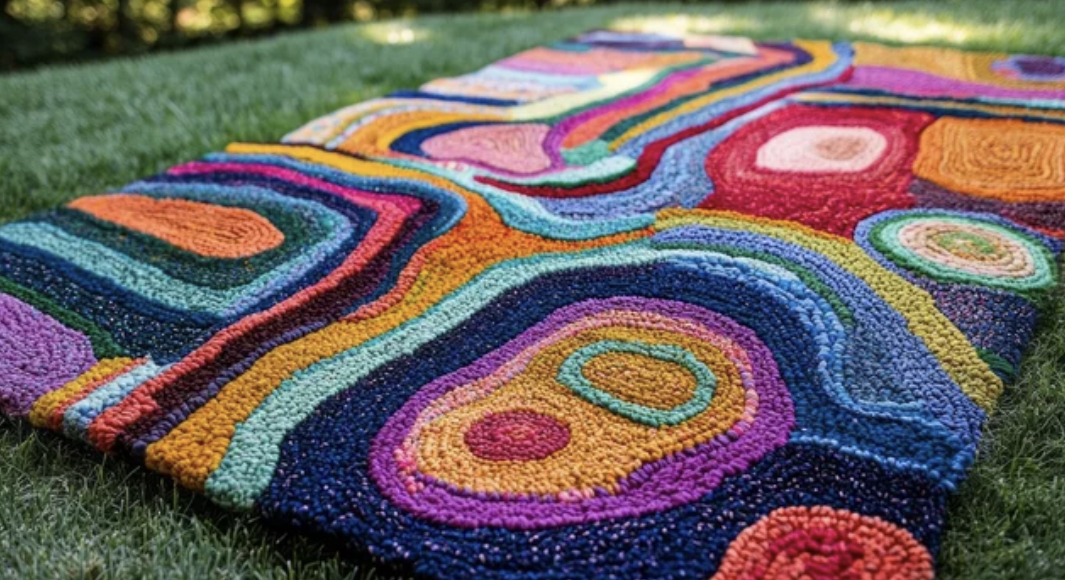
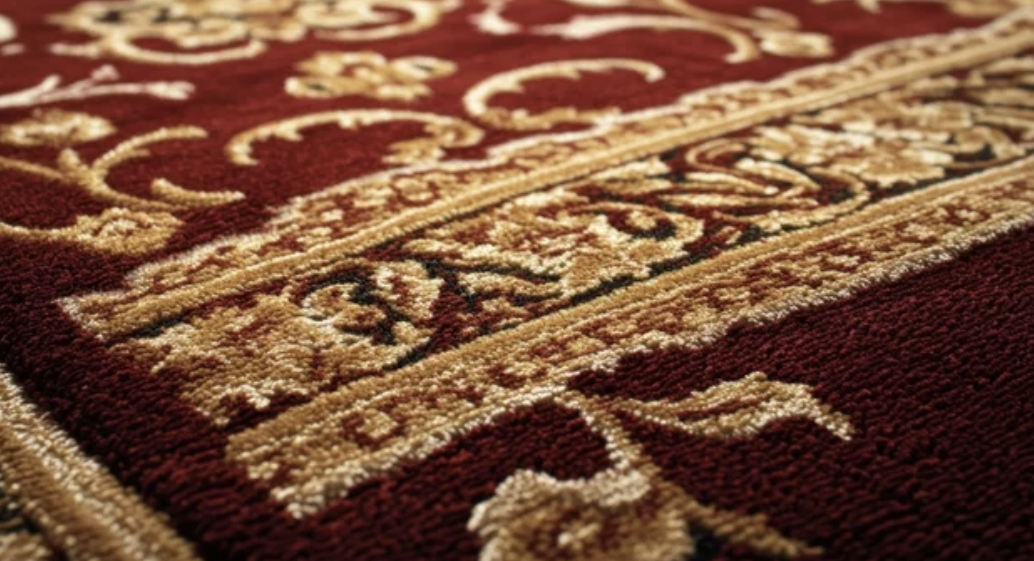
Viscose/Banana Silk/Bamboo Silk/Rayon:
Cellulose fibers can be cleaned with a very mild soap—always blot gently with a fine cloth following the direction of the pile. To prevent shrinking or browning, avoid excessive agitation and over-drying. As with wool, steer clear of alkaline cleaners, since they can cause damage.
Cotton:
Do not use harsh chemicals on cotton. When stain initially happens blot it, do not apply water or any other cleaning solvents which would allow the stain to spread. Professional cleaning is recommended where they will use soft soap on both sides. The area rug will be rinsed, and then put in the temperature room for drying.
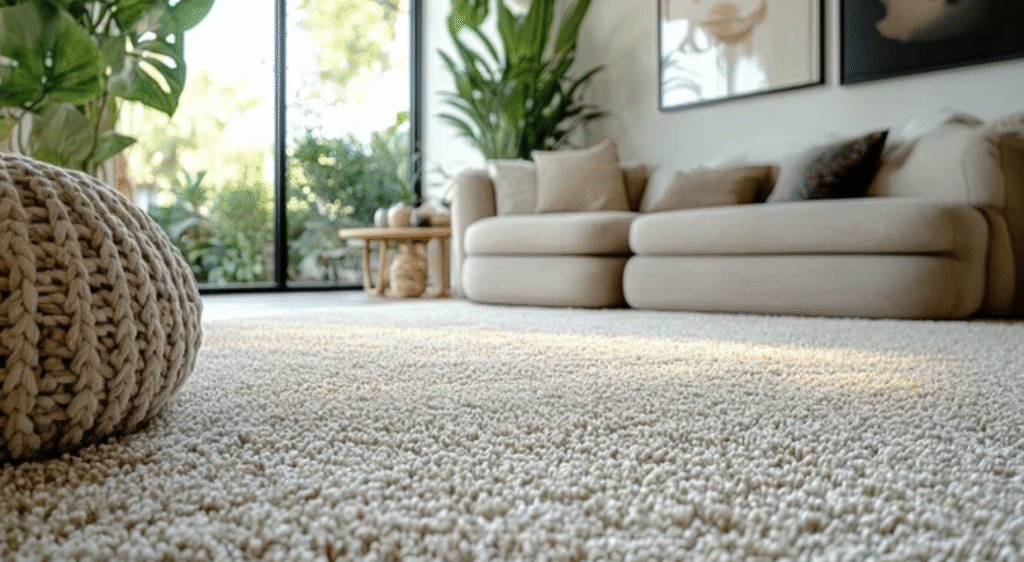
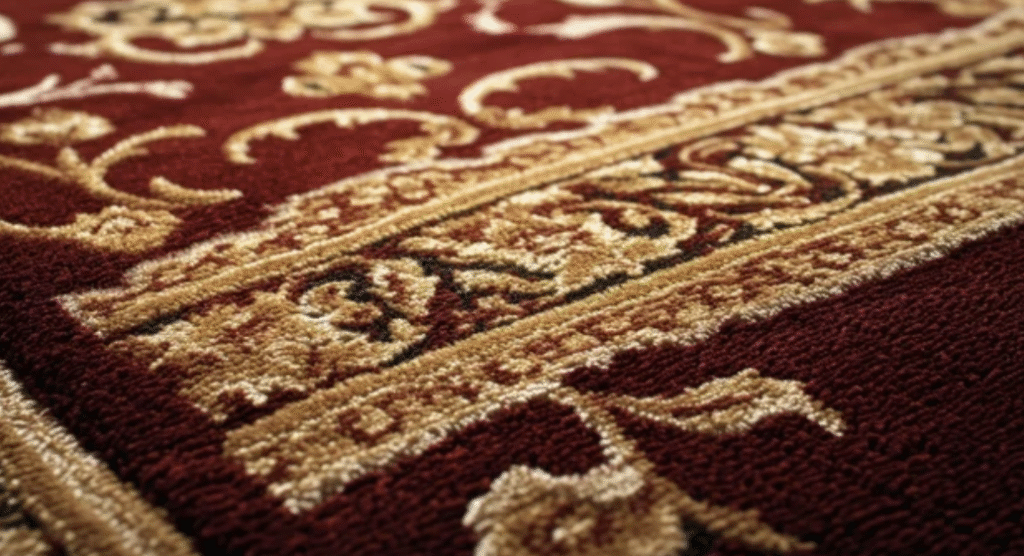
Silk:
Silk should be cleaned using a professional dry-cleaning method, as the fibers are sensitive to acids (natural or synthetic, like lemon juice) and prolonged exposure to sunlight. For best results and to avoid damage, consult a rug cleaning specialist who can recommend the appropriate care approach.



